What's That Thing: The Strangest Finds. Issue 222
Here is a new part of our irregular column "Explain to me what this thing is?" But this selection is slightly different from the rest. These are not finds, but museum exhibits. And without captions, a modern person is unlikely to guess what this ancient thing is. Let's look at them.
Psychograph 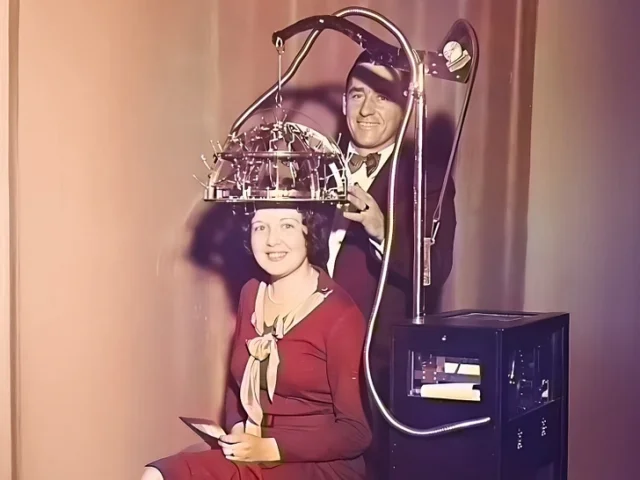
A psychograph was once used to measure intelligence. This device was invented at the beginning of the 20th century by Henry K. Lavery. The device measured a person's head at 32 points and, accordingly, gave data on a person's mental abilities on a 5-point scale. The psychograph was sold for some time, but in the late 1930s the device was withdrawn from sale due to increased skepticism from the public.
Hammam Shoes 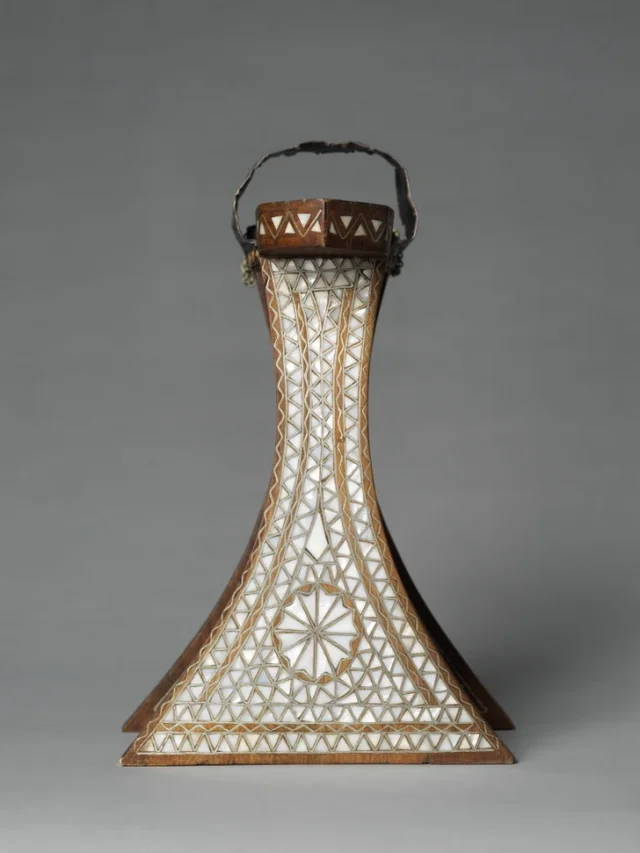
These types of hammam shoes were designed for wealthy women. They allowed the ladies to rise above the dirty and wet floor. But walking in them required the help of attendants. The higher the platform, the more assistants were required. In Arabic, these shoes are called "kabkab". This name comes from the sound these shoes made when walking.
Inkwell 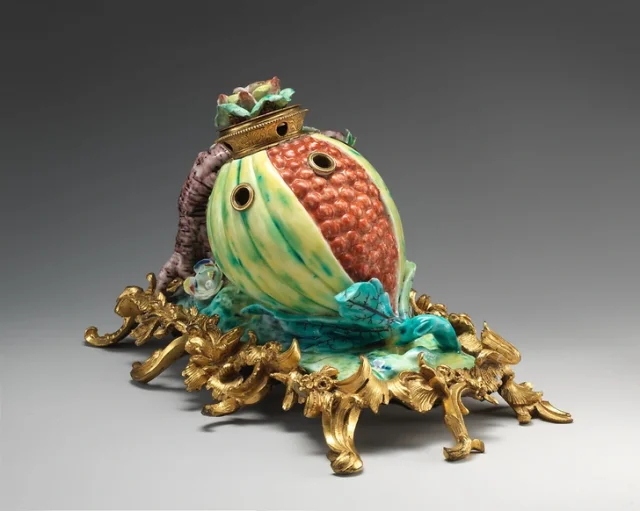
Inkwells made of tin, wood, and brass were common in middle-class families. But wealthy families preferred similar items made of silver, porcelain, and they could be decorated with crystal, gold, and precious stones. The presented sample is made of porcelain with the addition of gilded bronze elements.
Sugar bowl 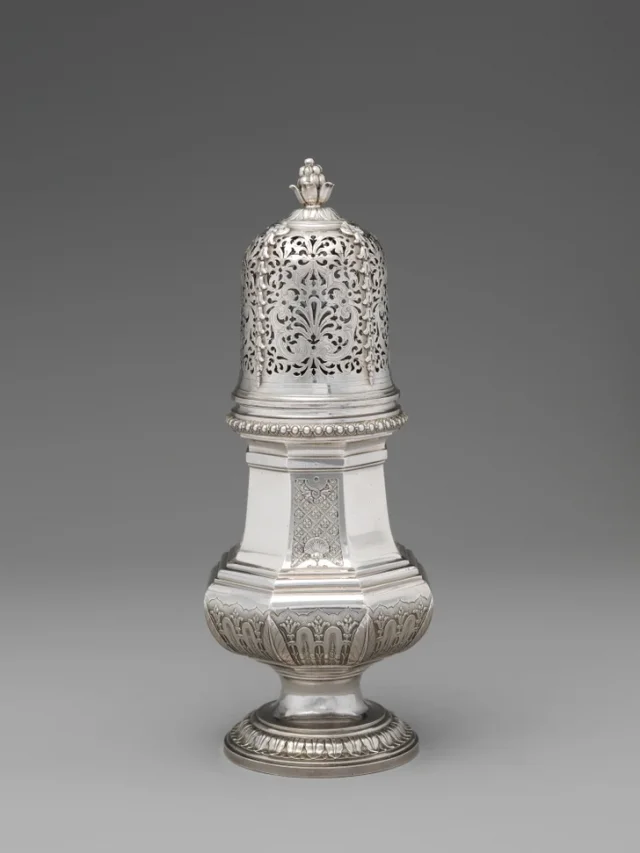
Earlier, Europeans used sugar not only to sweeten coffee and tea, but also as a seasoning for savory dishes and even sprinkled it on fruits. Such sugar was specially ground and required special utensils for itself. So a corresponding type of sugar bowl was developed, where the sweetness was not put in, but poured out through holes on top, like a modern pepper shaker or salt shaker.
Polygraph 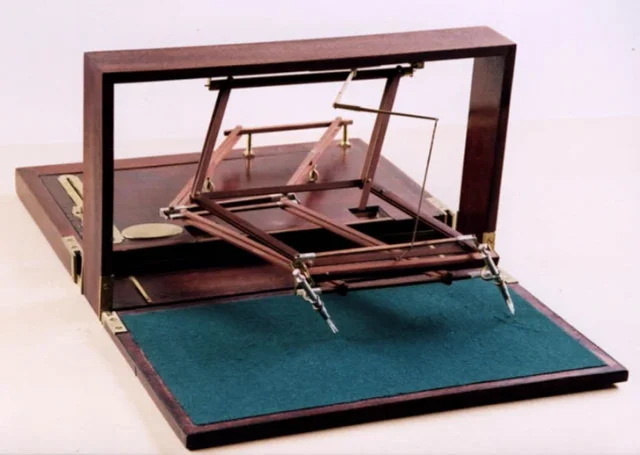
At the beginning of the 19th century, a polygraph was a device for copying handwritten text. On one side, the author wrote the original, and on the other side, his text was reproduced on another sheet of paper. By the way, in translation from Greek, "polygraph" means "to write a lot."
Hair growth device 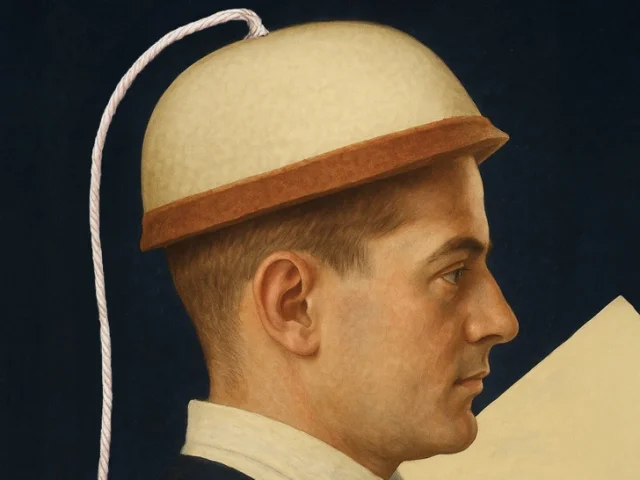
The manufacturers of this device guaranteed that with its use, thick hair would return to men in 90 days. According to the inventors, baldness was treated even in the most hopeless cases. When used, the device created a vacuum, due to which blood was pumped to the depleted hair roots, which contributed to their further growth.
Cosmetics container 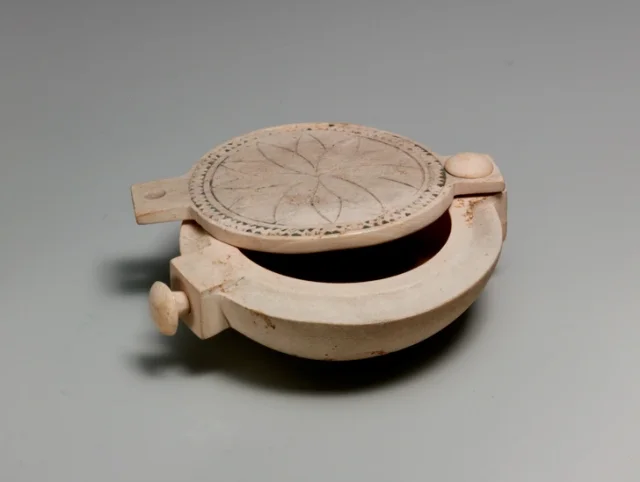
Dry cosmetics like blush were once stored in these cosmetic bags with a rotating lid. Probably, its creators were guided by the shape of a compass, because it is very reminiscent of this navigational instrument.
Holder 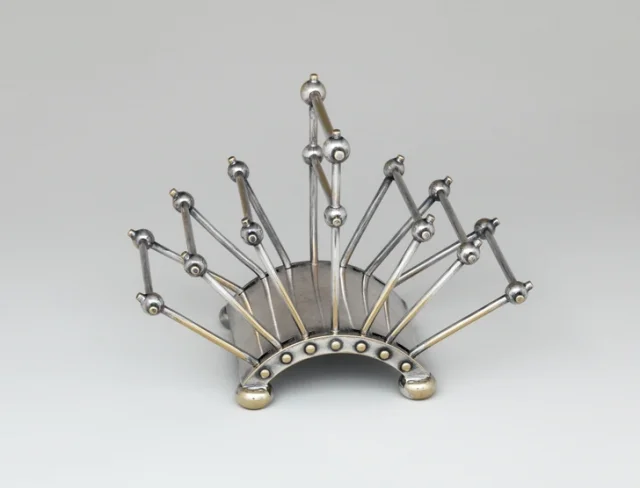
Such a stand was often used as a holder for toasts or for letters. Such a simple, attractive and functional device could be afforded by any representative of the middle class if desired.
Incense burner 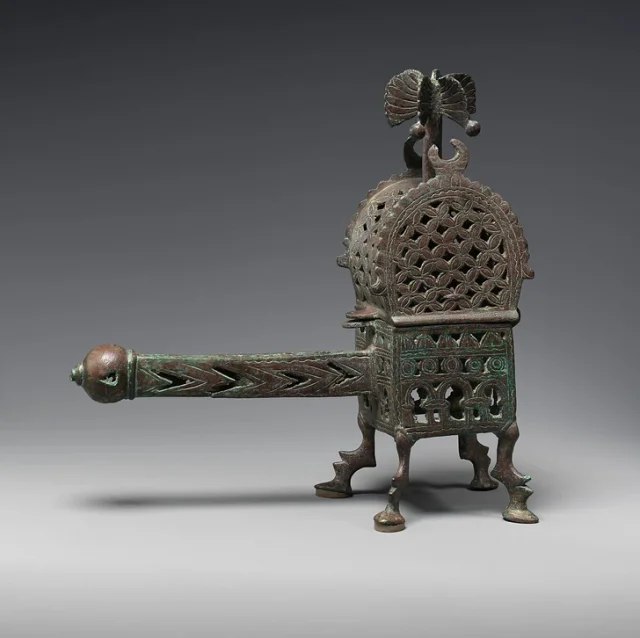
Incense burners on legs and with long handles were once known throughout the East. Incense was quite popular in the medieval world and selling essential oils was quite a profitable business.
Nursery case 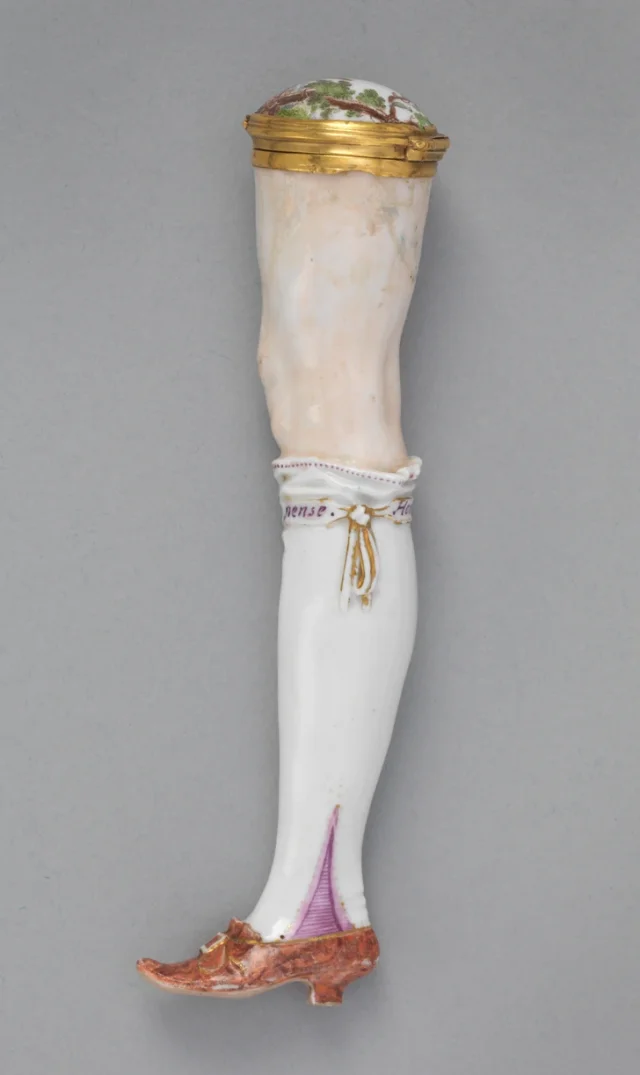
Previously, such toiletry cases (etui) were used by women to store various small items. A lady could put scissors, needles, thimbles, pencils in them. They were also used as cosmetic bags, in which women kept their beauty products. Such cases were worn in Europe from the 17th to the 19th centuries.























